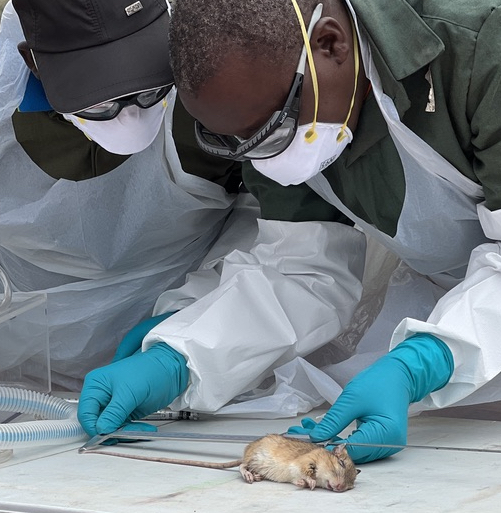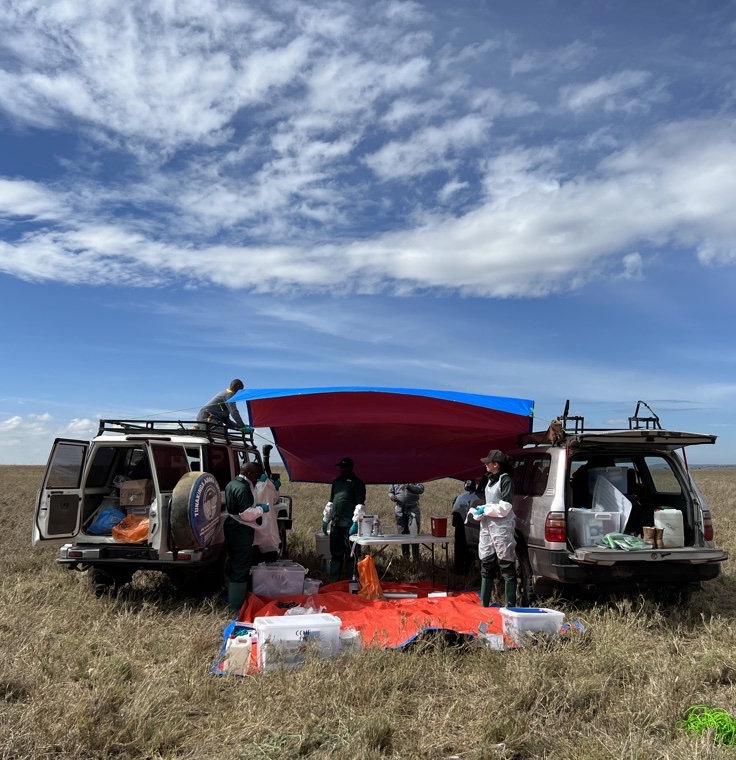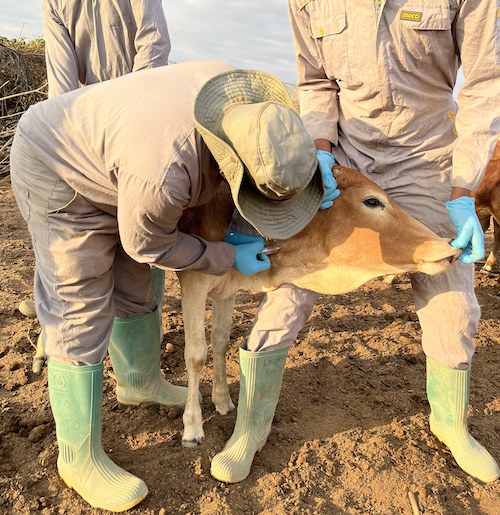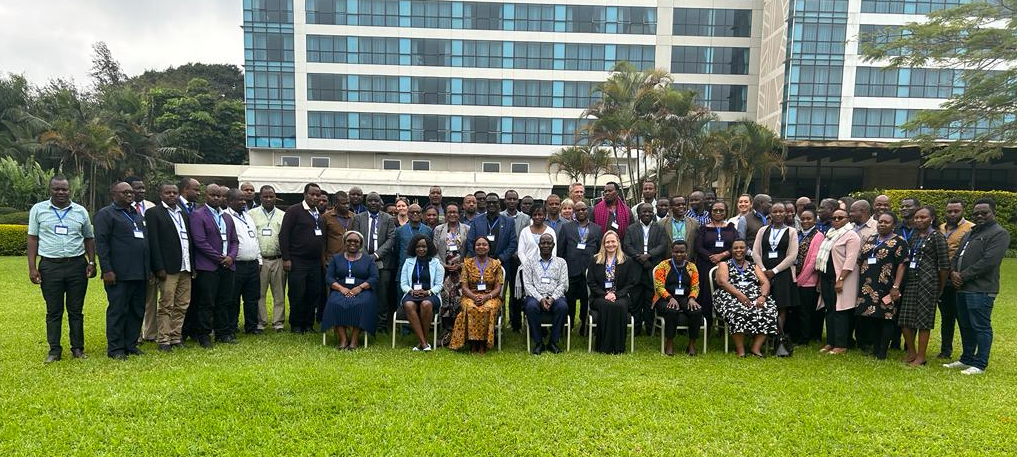The Crimean-Congo hemorrhagic fever: Reducing an emerging health threat in Tanzania project (2020-2024) examined the epidemiology of Crimean-Congo hemorrhagic fever (CCHF) virus in northern Tanzania. We used a One Health approach to estimate the seroprevalence of CCHF virus (CCHFV) in small mammals, cattle and people as well as the prevalence in ticks collected from the environment, cattle and small mammals.



- We used a novel One Health approach to sample people, livestock, wildlife, and vectors simultaneously.
- We collected and identified more than 2,000 ticks and CCHFV was not confirmed in any of the ticks collected to date.
- We completed a One Health serosurvey in northern Tanzania (from Arusha to Serengeti) in people cattle and small mammals. Like studies that have come before us, we found that people and animals in Tanzania have been exposed to CCHFV.
- We supported 1-4 years of work for 4 graduate students. Our students are in their final year (see below) and are continuing to work on several of the analyses and critical outputs of this project.
- The TVLA-Arusha laboratory now has significant capacity to become a national center of excellence for tick identification and diagnostics and I hope to continue partnering with them on future tick studies and that you will consider them for future tick work as well!
We appreciate all the contributions of our partners and stakeholders.

This work was a collaboration that was led by EcoHealth Alliance, Kilimanjaro Clinical Research Institute, the Tanzania Veterinary Laboratory Agency, University of Glasgow and Washington State University. Several Tanzanian and U.K.-based institutions were collaborating partners on the project.

This project was funded by the Biological Threat Reduction Program, Defense Threat Reduction Agency, US Department of Defense.